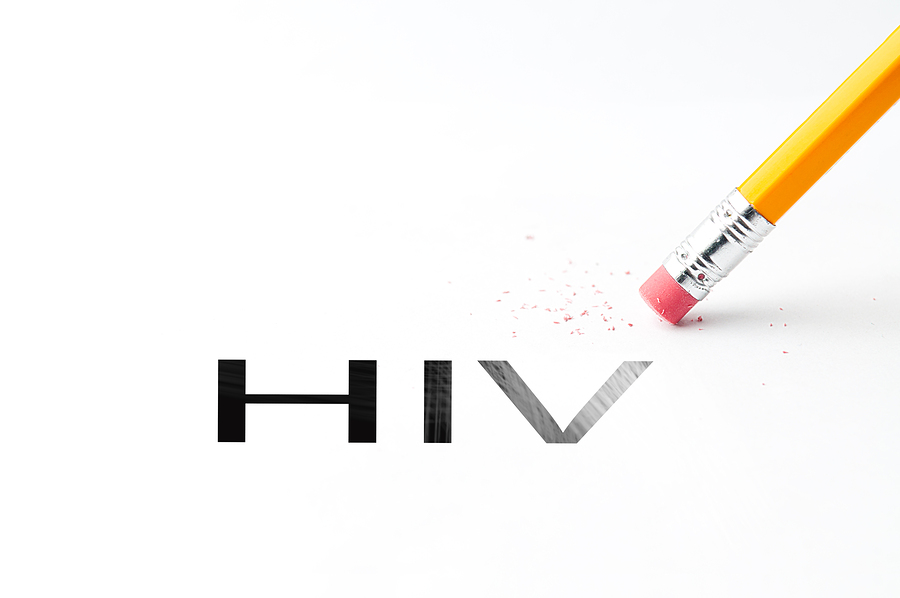- Make It Yourself Lavender Heart-Shaped Bath Bombs!
- 20 Things You Never Knew About “Down There”
- 12 Best Foods For Those Suffering From Arthritis Pain
- 12 Personal Hygiene Mistakes Almost Everyone Makes (Mom Never Told You About #4!)
- 15 Medicinal Plants And Herbs From The Cherokee People
- 12 Mind-Blowing Benefits Of Drinking Coconut Water During Pregnancy
- 12 Outstanding Winter Foods That Won’t Fatten You Up Like A Christmas Turkey
10 Facts About HIV And AIDS That Everyone Should Know
6. HIV is easily detected
The test for the virus works by detecting specific antibodies that the immune system of the infected person produces when it is trying to fight it. While the test is extremely accurate, this may not be the case if a person gets tested immediately after they believe to have become infected. This is because it may take the body several weeks to start producing a detectable level of antibodies.
7. Post-exposure prophylaxis (PEP) can stop HIV immediately upon infection
PEP is a treatment offered at certain clinics that can stop the virus after it’s entered the body. It is not guaranteed to work but it does have a high success rate, although should not be relied upon but rather sought in emergencies. It is taken for 28 days after the person is suspected to have become infected with HIV.
8. It’s not just adults who have HIV
According to WHO around 1.8 million children globally are HIV-positive, and most of them reside in sub-Saharan Africa. The virus was transmitted to them either during pregnancy, breastfeeding, or during childbirth.
9. But, transmission from mother to child is on the decrease
Around 80% of HIV-positive mothers worldwide now receive ART’s, meaning the mother-to-child transmission is decreasing and mothers are living longer, breaking the chain in the transmission of the virus.
READ ALSO: What Are The Differences Between HIV And AIDS?
10. Most people with HIV will never develop AIDS
This is thanks to the huge advances in medical science which means that the treatments available for HIV are incredibly effective. Because they drastically reduce the virus in the body, an infected person will never experience additional symptoms other than the initial flu-like bout, and the HIV will not develop into its later stage, which is AIDS.
References:

































